
|
|
|
|
|
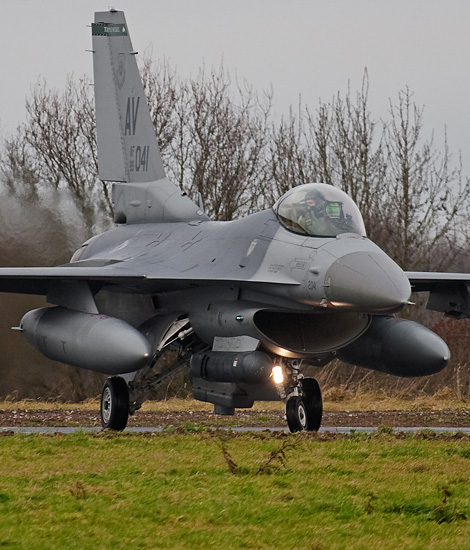
|
Italian Airpower at the TLP; Florennes, December 4, 2007
Tactical Leadership Program 2007/6; Text and Photograph's by Alex van Noye
On Tuesday, December 4, 2007 I went to the last TLP of the year 2007 at the Belgian Florennes. My main goal of
this TLP edition was the participation of the Italian Navy Harriers. There were no fewer than five of these
aircraft present at Florennes. My goal was to catch at least four of them on photo.
There are fourteen AV-8B Harriers and two TAV-8B Harriers in operational service in the Italian navy. This
aircraft is used to fly from the aircraft carrier Cavour. The development of the AV-8 began in the early eighties.
The project was started because the U.S. marines looked for an aircraft with STOVL capabilities. The United States
started to develop the AV-8B Harrier II because of this need. The McDonnell Douglas AV-8B Harrier II is a relative
of the second generation Harrier. It is an American-British re-development of the Hawker Siddeley Harrier and
Sea-Harrier. The aircraft is used for light attack or multi-role tasks and is ideally suited to operate from
small aircraft carriers, large amphibious assault ships and small Forward Operating Bases (FOB). The AV-8B
Harrier is very similar to the AV-8A Harrier, but the design of the aircraft is based on the British Harrier
GR1. British Aerospace joined the improved Harrier project in the early eighties. The project was managed by
the Boeing Company in the USA and BAE Systems in the UK in the early nineties. The AV-8B is used by the United
States Marine Corps. The British Harrier GR7 and GR9 versions were used by the Royal Air Force and Royal Navy.
Also Spain and Italy are using the AV-8B Harrier; they both have a small amount of this aircraft in service.
The AV-8B Harrier II is a subsonic attack aircraft. The aircraft is powered by a Rolls-Royce Pegasus turbofan
engine. The aircraft has two intakes for the big engine on both sides next to the cockpit and it has four
synchronized vector controlled nozzles. The front two nozzles are cold and the back two nozzles are hot. The
Harrier does not have an afterburner because of the construction of this nozzle. The Harrier II also has a number
of small nozzles on the nose, tail and wing tips. These nozzles ensure that the aircraft remains controllable when
the Harrier is hovering or when the aircraft is flying at low speed. The AV-8B has six hard points under the
wings and three under its fuselage. Various types of bombs, rockets, 25mm GAU-12 guns and external fuel
|
|
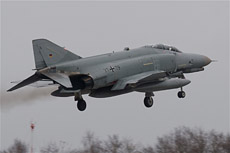
|
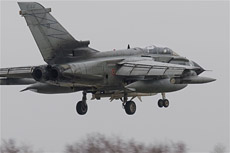
|
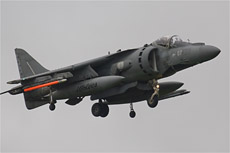
|
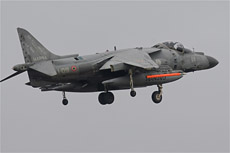
|
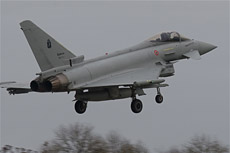
|
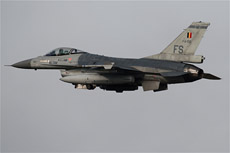
|
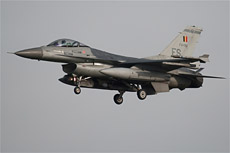
|
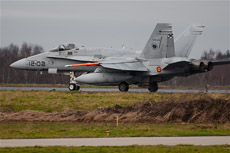
|
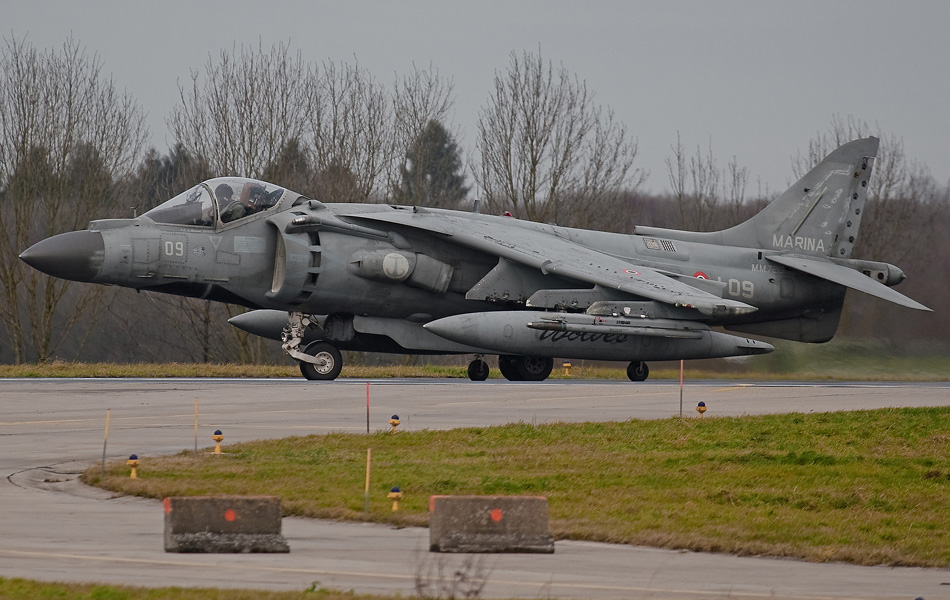
|
tanks can be suspended at those hard points. The first AV-8B Harrier II aircraft which were built were known
as the day attack variant. These machines were not long in operational service, because they were upgraded
soon to the night attack variant. These aircraft were known as the AV-8B Harrier II+. The Navigation Forward
Looking Infrared Camera (NAVFLIR) was introduced in the Harrier in 1991. The cockpit of the aircraft was
upgraded with night vision goggles. Along with the night vision, also the Rolls-Royce Pegasus II engine was
built into the aircraft. This engine was a lot more powerful than its predecessor. This updated Harrier
would be designated as AV-8D, but this never happened. The Harrier II+ is very similar to the night attack
variant with the addition of an APG-65 radar in an extended nose.
The first time I went to this TLP mission was on November 23, 2007. The TLP mission was not cancelled that
day, but the weather was very bad during the recovery. The sky was dark and it was raining a lot from time
to time. My main goal of this TLP edition was of course the Italian Harriers. There were five Harriers on
the platform. The wind was blowing from the east; I went therefore to the western side of the airbase. At
this side it is unfortunately impossible to take pictures of taxiing aircraft. It soon became clear that
today was not the right day for capturing the Harriers and the other members of the TLP. More than one and
a half week later on December 4, 2007, I returned to the TLP. I was hoping to catch the Harriers under better
conditions. The weather today was not ideal, but good enough for a few decent photos. Florennes was covered
under a low cloud base. The first Belgian F-16s were already gone when I arrived at Florennes. These aircraft
arrived not long after I arrived back at Florennes. After one hour the first planes were finally started on
the TLP ramp. The photos that I would make today were slightly different than under normal circumstances.
This was because one of the taxi tracks was closed. The aircraft came from the other side of the runway
this time. The first aircraft which appeared were two Spanish F-18s. The Spaniards are always present at
each TLP. I managed to collect more than sixty different Spanish Hornetts during the last few years. The
first two Harriers appeared finally after the departure of the Hornetts. Both aircraft taxied slowly to
the runway and I made a few great photos. The Harriers created enormous steam traces behind the aircraft
during take-off because the engines were tilted downwards. Two more Harriers and two Italian Typhoons
departed in a short period.
The participants of the TLP came back after a short period. A short mission flown over the northern part
of France was planned for today. The first aircraft came in for landing after one hour. The first aircraft
that came in were two Spanish Hornetts. The first two Harriers came in after the landing of the Hornetts.
These aircraft moved very slowly through the air; I had the chance to shoot a big series of good photos of
the Harriers. The next two Harriers arrived immediately after the first two Harriers. Also these two aircraft
came in with a very low speed. Two Dutch F-16s and two Italian Tornados came in for landing behind the Harriers.
The participation of two Italian Typhoons was also quite special during this TLP edition. These Typhoons were
brand new. They were two years in service with the Italian Air Force at this moment. The Typhoon is currently
replacing the F-16 which was on temporary basis into service at the Italian Air Force. The last members of the
TLP that came in were two Spanish F-18s. One of these two Hornetts was a dual F-18. This is quite special,
because those aircraft are quite extraordinary in international exercises. Today’s TLP mission was over after
the landing of these aircraft. My visit to the TLP was over after the landing of those aircraft. It was not
easy to capture the Italian Harriers today. Luckily I had a second chance; I was luckier with the weather during
my second TLP visit. The weather was not very good, but the results of the TLP were there.
|
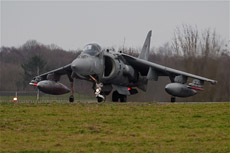
|
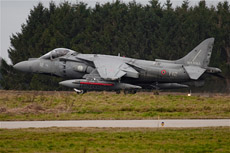
|
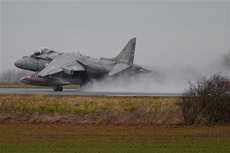
|
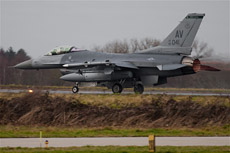
|
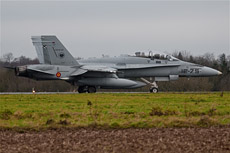
|
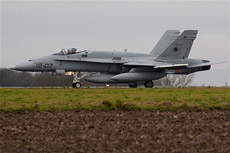
|
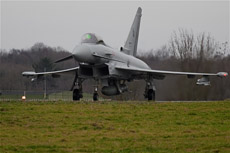
|
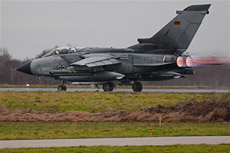
|
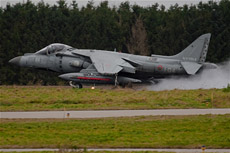
|
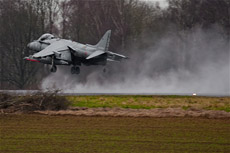
|
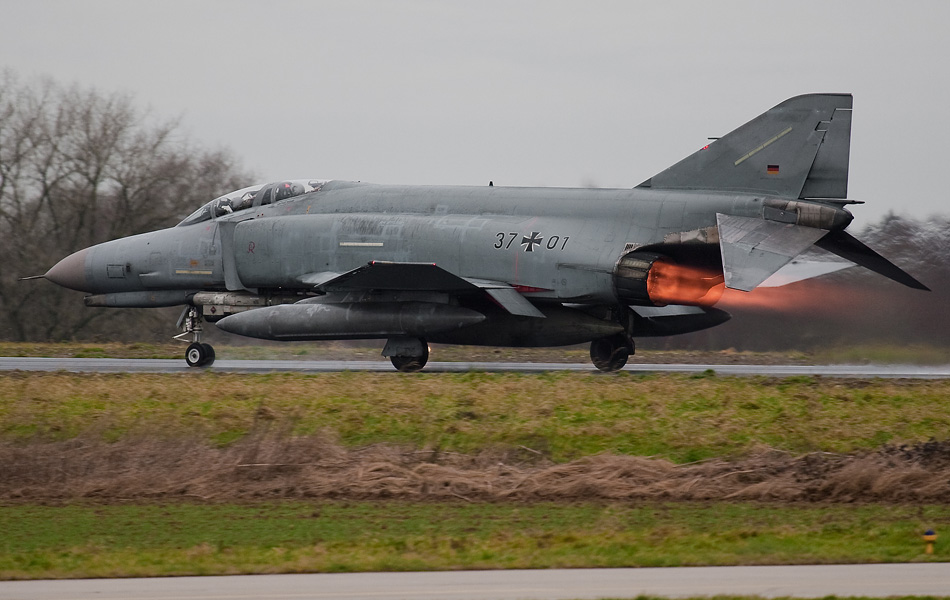
|
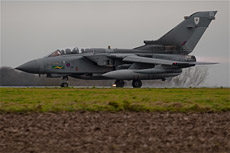
|
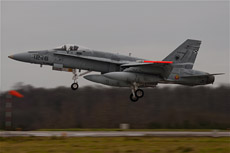
|
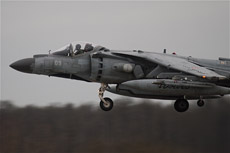
|
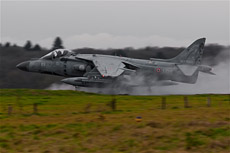
|
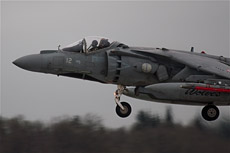
|
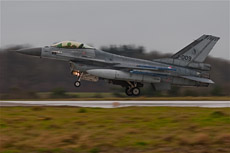
|
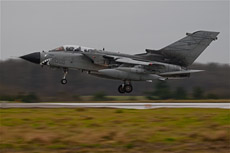
|
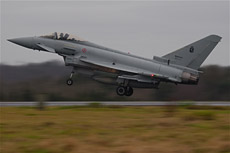
|
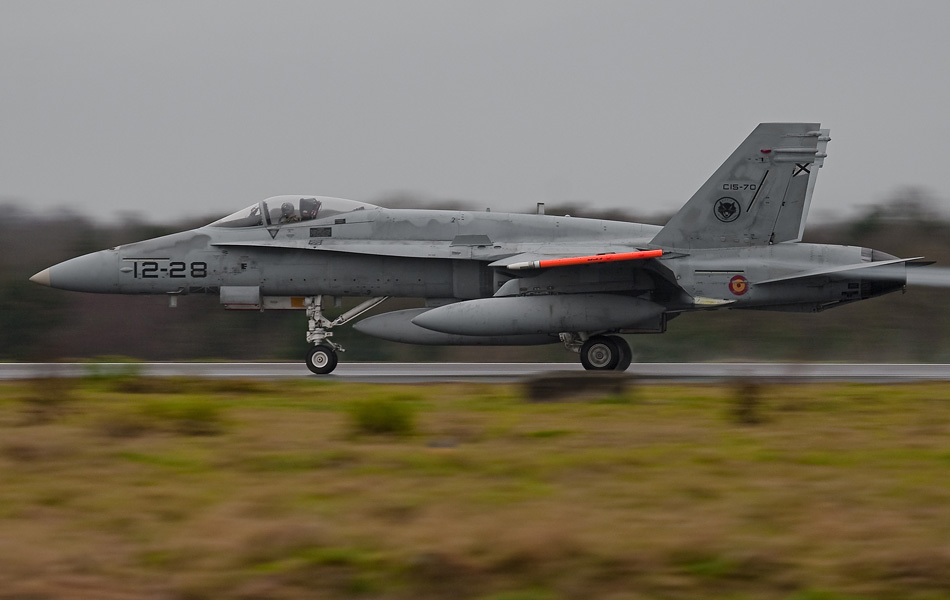
|
|
|

|







